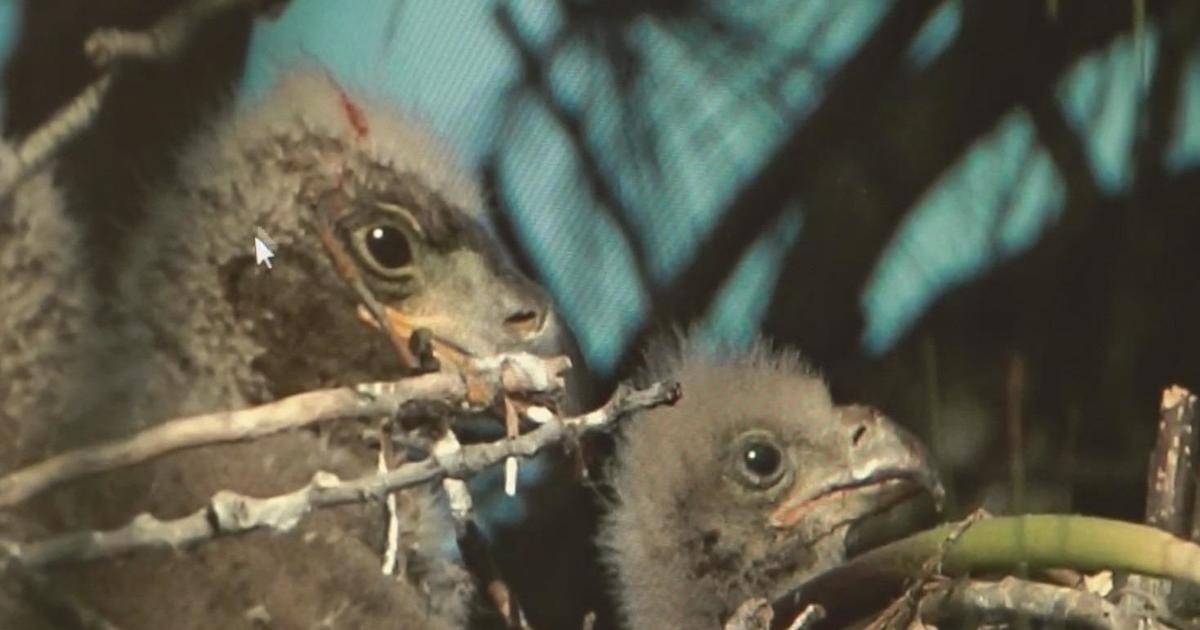Low oxygen levels cause Sacramento-area hatchery to postpone portion of salmon-mating season
SACRAMENTO — It's a stressful time for salmon in the American River as they are unable to swim upstream at the Nimbus Fish Hatchery.
The opening of the Nimbus Fish Hatchery's salmon ladder was postponed Tuesday because of a water management issue.
The ladder is a vital part of salmon spawning season, as it allows the fish in the American River to enter the hatchery. However, it is now closed because of low oxygen levels in the water.
"The dissolved oxygen level that is arriving from the lake is very low. It creates a lot of stress on the fish. We do not want to compound that stress by opening our ladder," said Peter Tira, a California Department of Fish and Wildlife spokesperson.
U.S. Bureau of Reclamation (USBR) officials say it has happened before but usually in drought and warmer years. Levi Johnson, the Central Valley Operations manager with USBR, said it's unusual this year as conditions have been milder and most of the state is without drought.
"This is a little anomalous, so we are still collecting data and monitoring to see what's going on," Johnson said.
Johnson said USBR manages water levels at Folsom Lake and Lake Natoma. He said the department will monitor water temperatures to meet targets for the salmon and other fish species.
"Those species don't just need cold water during their spawning time," Johnson said. "They need water that has oxygen so they can survive."
Tira said one of the issues that may be causing the low dissolved oxygen levels in Folsom Lake may be a lot of decaying organic matter that got washed into the system from wet weather earlier in the year, including from the wildfire burn scars around the American River.
The investigation is still ongoing.
However, to help, USBR is pulling in colder oxygen-rich water from the bottom of the Folsom reservoir in hopes of returning oxygen levels to normal.
"Releases out of Nimbus are all going over the spillway just to aerate the water and introduce oxygen, and we've seen that that's helped with the dissolved oxygen levels just downstream at Nimbus dam," Johnson said.
Johnson said there may also be more improvements soon as temperatures continue to drop into the colder months.
"As this colder water makes its way to the system, we are hoping that those temperatures will drop," he said. "The colder, the better right now for those pre-spawning and spanning mortality issues with our fisheries species."
The better the environment, the better for the salmon population after years of struggling because of drought and warmer temperatures.
"During the drought, we saw warm water, we saw low oxygen levels and at one point, we actually had to evacuate our hatchery and remove all of the fish and put them out in the wild because oxygen levels and temperatures were not conducive to cold water fish species," Tira said.
Tira said with a little time, he remains hopeful that the salmon population will bounce back.
"Drought and development and all sorts of challenges, the salmon, over and over, time again show how resilient they are and they return to their native river against all odds. Our salmon are suffering but we're hopeful," Tira said.
Tira said they hope to have the salmon ladder at the Nimbus Hatchery open by the week of November 6, depending on how oxygen levels respond.



